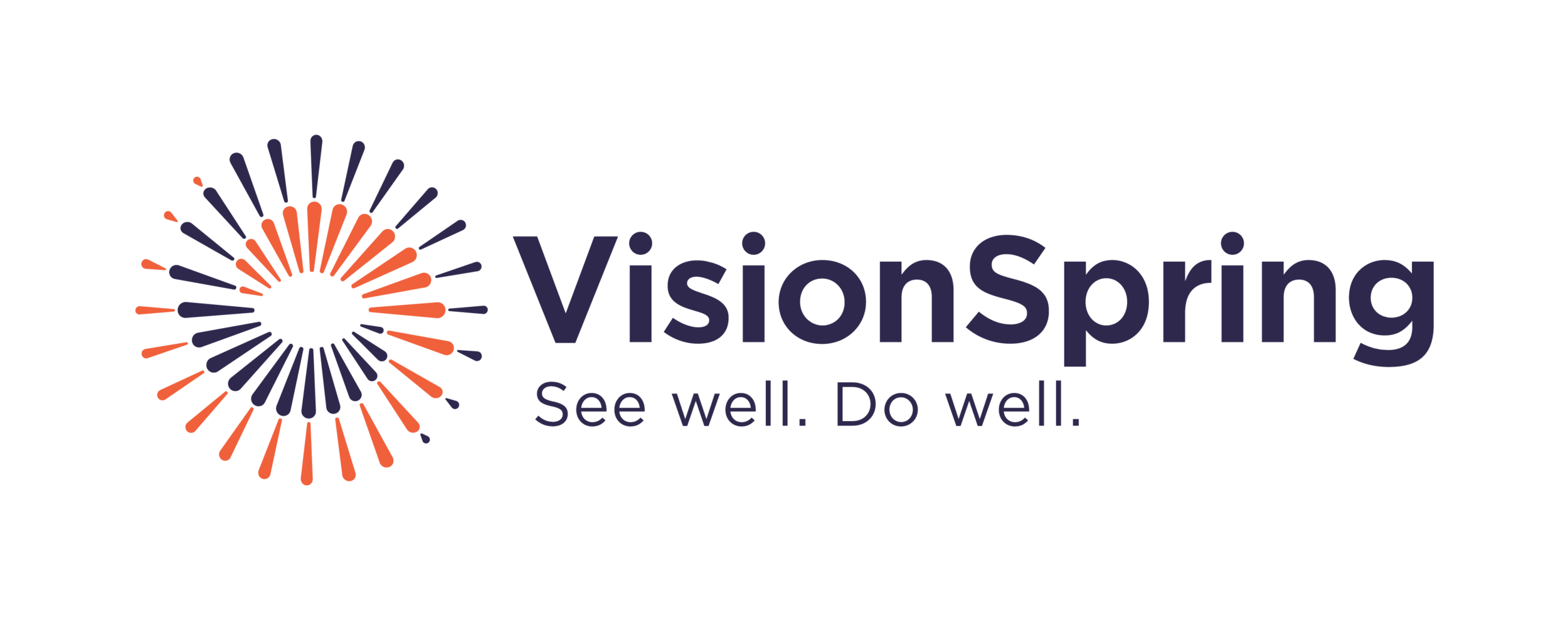India COVID-19 Rapid Assessment Survey
Results from a Door-to-Door Campaign
In June 2020, VisionSpring successfully completed a Door-to-Door campaign across 61 districts in 12 states reaching 101,924 individuals in 20,053 households with hygiene kits including masks and soap as well as COVID-19 prevention counseling materials.
During the first phase of the door-to-door campaign, VisionSpring’s trained field team simultaneously conducted face-to-face rapid assessment interviews, gathering 5,924 responses over a period of nine days in 11 states, with the majority (78%; n=4,622) collected in Delhi and Uttar Pradesh.
Key results:
There is a widespread knowledge of COVID-19 symptoms, though ‘difficulty breathing’ was rarely identified as an early sign
More than half (66%) correctly named two early COVID-19 symptoms, namely fever and cough, while only 5% of respondents were able to correctly identify all three (fever, cough & difficulty breathing).
A quarter (26%) of respondents were unable to name drinking alcohol as not a way to prevent COVID-19. This indicates that misinformation, myths and misconceptions persist, as well as 15% who answered incorrectly that shaking hands is a way to prevent transmission.
Masks or “face coverings” are in use but may not be high quality
Three-quarters of respondents (75%; n=3,448) affirmed ownership of a mask or ‘mouth covering’ for use outside their home.
However, more than one third (39%) of those in low- income occupations were using a simple piece of cloth, as were a similar proportion of female respondents (36%).
When enumerators followed up to ask why respondents lacked a mask (n=1,174), slightly less than half (44%) answered: “no money to buy a mask.” This was followed by more than one-third (41%) who stated, “mask not available nearby”
Handwashing is increasing, but respondents observed no increase in handwashing facilities in their localities; soap is also lacking
The majority of respondents (79%; n=3,612) stated they wash their hands with soap and water for 20 seconds or more (62%), and that handwashing frequency has increased since the start of the 2020 lockdown period at the end of March (70%; n=3,168).
Of the 16% (n=737) who reported washing their hands with only water, there was a statistically significant association with low-income occupations (p=.000) including farmers and daily wage labors. Combined, these two groups represented nearly half of those washing only with water (26% and 23%, individually), likely due to a lack of access to water.





